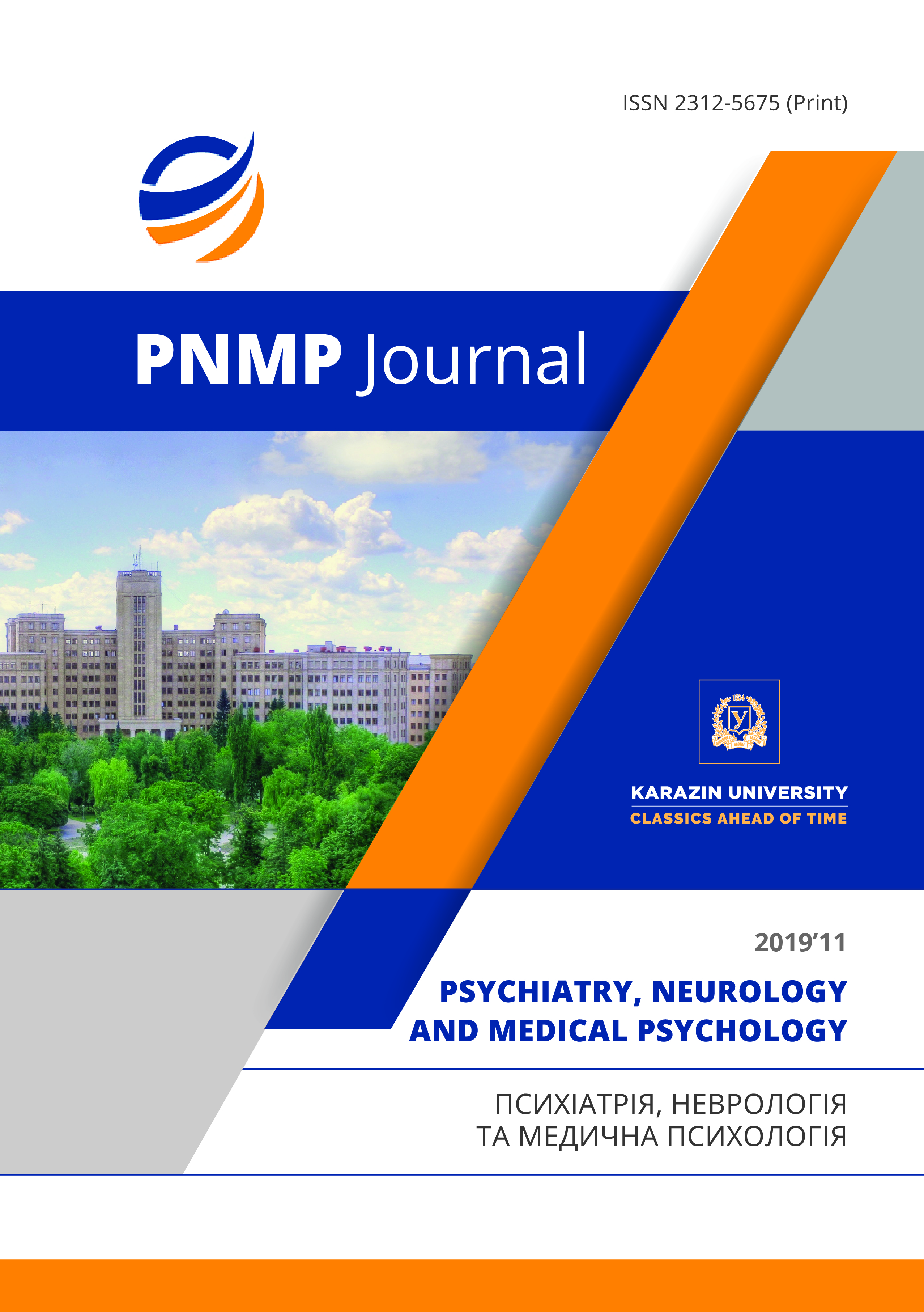Improving the diagnostics of the impact of domestic violence in children with the use of semi-structured interview
Abstract
The authors propose a semi-structured interview to identify the effects of domestic violence in children. The interview includes a list of questions aimed at identifying possible cases of domestic violence, signs of emotional problems, impaired behavior and attention, preneurotic, autonomic and somatic disorders, typical situations of their occurrence in children, as well as family and interpersonal contexts. Observing behaviors and non-verbal manifestations during the interview that accompanies the respondent's answers allow us to identify not only the clear signs of the problem, but also to recognize the hidden, non-verbal manifestations to better understand the nature of the problem in children. Quantitative and qualitative analysis confirmed the diagnostic value of the proposed interview. The group of children affected by domestic violence found a much higher prevalence of emotional problems (depression, anxiety, emotional lability, heightened emotional sensitivity), behavioral disorders (aggressiveness, passivity, excessive obedience), sleep disorders and fears, vegetodistonic and somatic problems. Children were significantly more likely to show signs of psycho-physiological arousal (tears, tremors, agitation, paleness of palms, sudden paleness of redness, etc.) during the interview, indicating high emotional tension and sensitivity to topics related to the situation in the family in general and domestic violence in particular.
Revealing the effects of psychological trauma through interviewing is an important task and competence of psychiatrists, psychologists and social workers during medical and psychological examination, as well as the psychosocial support of children affected by domestic violence.
Downloads
References
Guziy O. V. How to stop violence against children and adolescents: the systemic role of doctors. Ukrainian Medical Journal, 2018. URL: https://www.umj.com.ua/article/121688/yak-zupiniti-nasilstvo-nad-ditmi-ta-pidlitkami-sistemna-rol-likariv.[In Ukr.]
On the prevention and counteraction to domestic violence. Law of Ukraine No. 2229-VIII. 2017. URL: https://zakon.rada.gov.ua/laws/show/2229-19. [In Ukr.]
Venar Ch., Kerig P. Psychopathology of the development of childhood and adolescence. St. Petersburg: Prime Euro Sign, 2007. 672 p. [In Russ.]
Zhuravel T.V., Kochemirovskaya O.O., Yasenovskaya M.E. Prevention, detection and overcoming of cases of violence and abuse of children: a methodological guide for educators. Kyiv: “KIS” LLC, 2010. 242 p. [In Russ.]
Kayuda G.P., Lukovtseva Z.V., Gayamova S. Yu. Juvenile abuse: identification and assessment of psychological consequences. Methodical manual. Moscow: ETIPACK, 2011. 66 p. [In Russ.]
Jenny C. Child Abuse and Neglect: Diagnosis, Treatment and Evidence – Expert Consult. 2011. URL: https://books.google.com.ua/books?id= BKILM5KWFKwC&printsec=frontcover&hl=uk&source=gbs_ge_summary_r&cad=0#v=onepage&q&f=false.
Al Odhayani A., Watson W. J., Watson L. Behavioural consequences of child abuse. Canadian family physician. 2013. Vol. 59, № 8. P. 831-836.
McCrory E., Gerin M. I., Viding E. Child Maltreatment. Latent vulnerability, and the shift to preventative psychiatry – the contribution of functional brain imaging. Journal of Child Psychology, and Psychiatry. 2017. Vol. 58, P. 338–357.
Obikane E., Shinozaki T., Takagi D., Kawakami N. Impact of childhood abuse on suicide-related behavior: Analysis using marginal structural models. Journal of Affective Disorders. 2018. Vol. 234, P. 224-230.
Krug E. G., Dalberg L.L, Mercy D.A, Zvi R. Violence and its effect on health. Report on the situation in the world. Moscow: All the World, 2003. 376 p. [In Russ.]
Streeck-Fischer A., van der Kolk B. A. Down will come baby, cradle and all: diagnostic and therapeutic implications of chronic trauma on child development. Australian & New Zealand Journal of Psychiatry. 2000. Vol. 34, № 6. P. 903-918. DOI:10.1080/000486700265.
Problems of violence against children and ways to overcome them / Ed. E.N. Volkova. SPb .: Peter. 2008. 240 p. [In Russ.]
Mikhanovska N.G., Stryhol D.V., Lutsenko O.L., Kuratchenko I.E. The psychodiagnostic complex for the assessment of the consequences of domestic violence in children: a methodological manual. Kiev: PE "KP" UkrSich ", 2019. 80 p. [In Ukr.]




